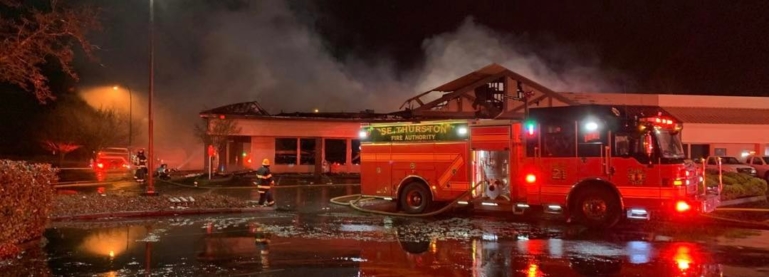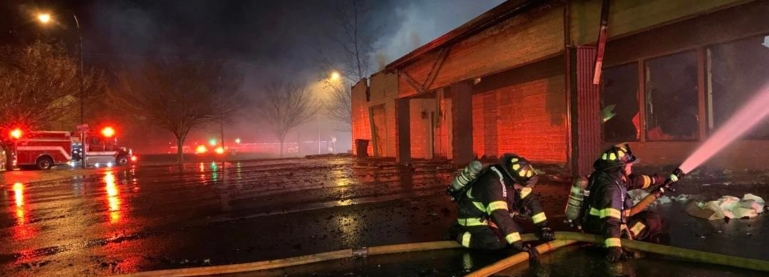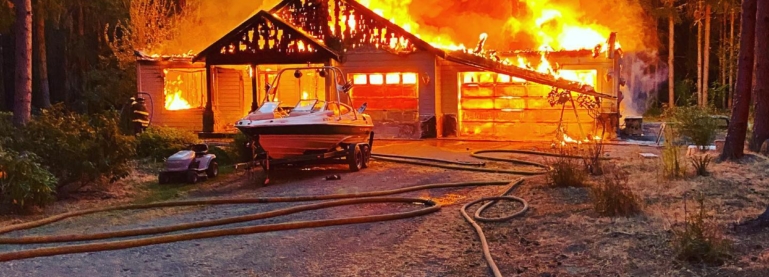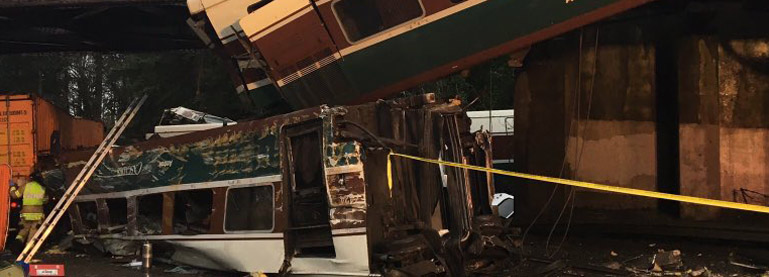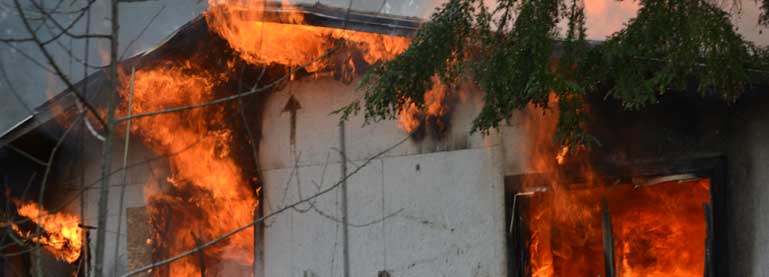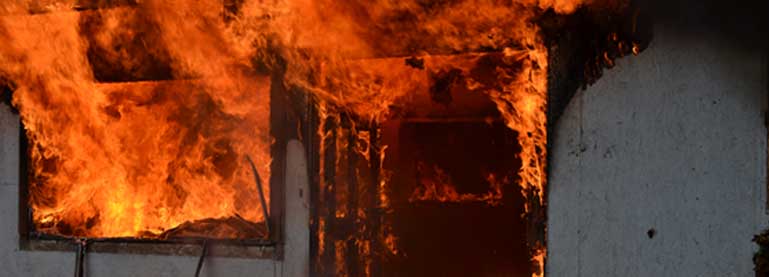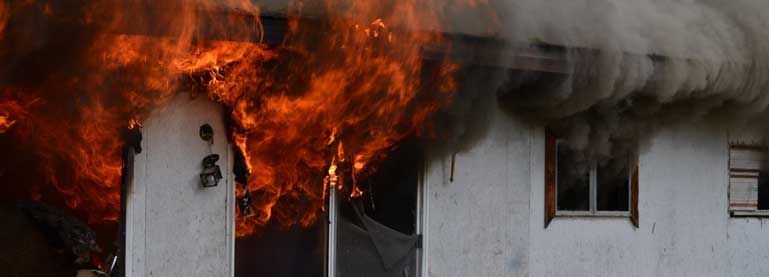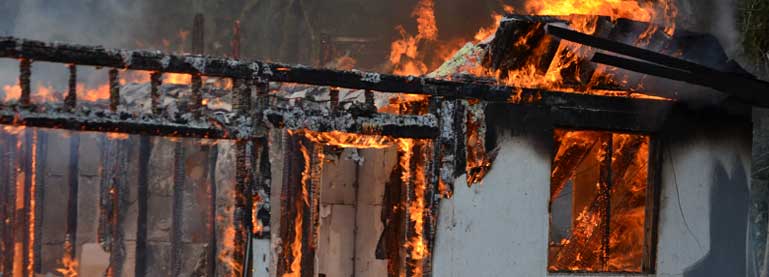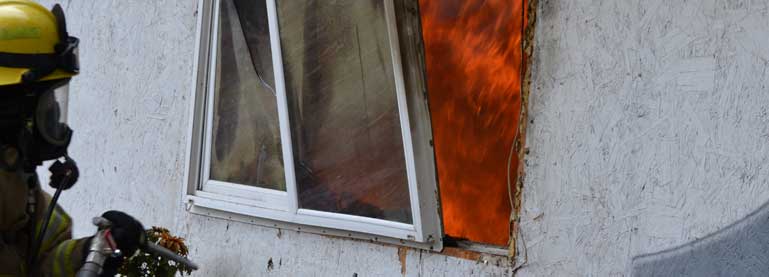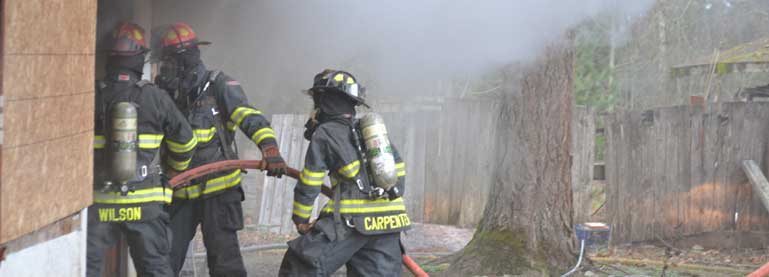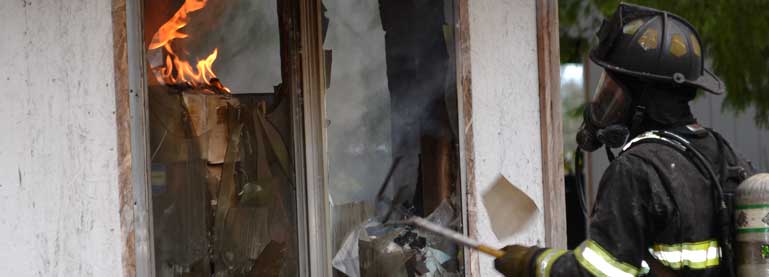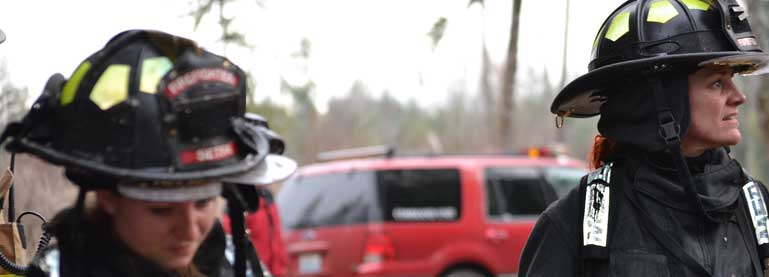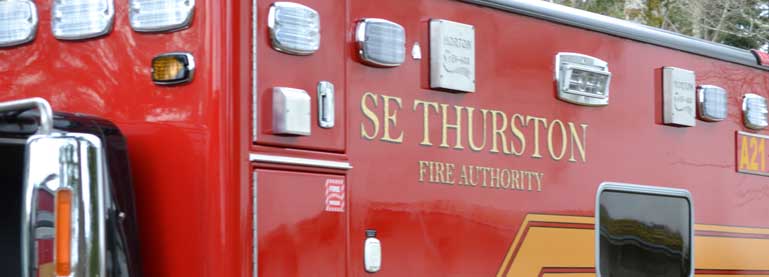It’s important to understand that with proper training and education, fire extinguishers can save lives and property. Many adults might not know how or when to use fire extinguishers. Fire departments can help with fire extinguisher training and answer questions that community members may have.
Fire extinguishers contain different extinguishing agents such as water, carbon dioxide, dry chemical or wet chemical, depending on the kind of fire the extinguisher is intended for.
Did you know:
There are 5 primary types of fire extinguishers, each designed to put out different kinds of fires.
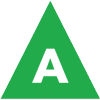
For use with ordinary materials like cloth, wood and paper.
Often found in homes and businesses

For use with combustible and flammable liquids like grease, gasoline, oil and oil-based paints.
Often found in homes and businesses

For use with combustible and flammable liquids like grease, gasoline, oil and oil-based paints.
Often found in homes and businesses

For use with flammable metals.
Often found in factories

For use with vegetable oils, animal oils and fats in cooking appliances.
Often found in commercial kitchens (restaurants, cafeterias, catering businesses)
There are also multipurpose fire extinguishers that might be labeled “B-C” or “A-B-C” that can be used on most types of home fires. Most home improvement stores carry multipurpose fire extinguishers that cover Class A through Class C.
Messages to share
- Always look for the “UL Listed” or “ULC Listed” label on a fire extinguisher to ensure it is certified for use by a nationally recognized testing laboratory.
- Fire extinguishers vary in size and weight, but it is recommended to select the largest fire extinguisher that a user can safely and comfortably operate.
- How to read the classification label: The number before the “A” represents a multiple of 1.25 gallons of water whereas the number before the “B” represents a multiple of the area or size in square feet of fire to be extinguished. For example, a fire extinguisher classification of 1A:10B:C indicates that it provides the equivalent of 1.25 gallons of water applied on a Class A fire. The number 10 indicates it can extinguish Class B fires up to 10 square feet in size, and the C indicates that it can be used for Class C fires.
Encourage people to contact their fire department if they would like fire extinguisher training or have any questions. Help spread the word by sharing the following information and tips for using and maintaining fire extinguishers.
Help people decide when to use a fire extinguisher
Consider providing a checklist to help people prepare to use a fire extinguisher. For example:
- Have I alerted others in the building that there is a fire?
- Has someone called the fire department?
- Am I physically able to use a fire extinguisher?
Young children and older adults should not use fire extinguishers. - Is the fire small and contained in a single object or to a surface (like a pan or a wastebasket)?
- Am I safe from the fire’s toxic smoke?
- Do I have a clear escape route?
Use a fire extinguisher when all of these questions are answered “yes.” If you’re unsure about whether it is safe to use a fire extinguisher, and for all other situations, alert others, leave the building, and call 911 from a mobile or neighbor’s phone.
Teach people how to use a fire extinguisher
When operating a fire extinguisher, tell residents to remember the word PASS:
- Pull the pin. Hold the extinguisher with the nozzle pointing away from you and release the locking mechanism.
- Aim low. Point the extinguisher at the base of the fire.
- Squeeze the lever slowly and evenly.
- Sweep the nozzle from side-to-side.
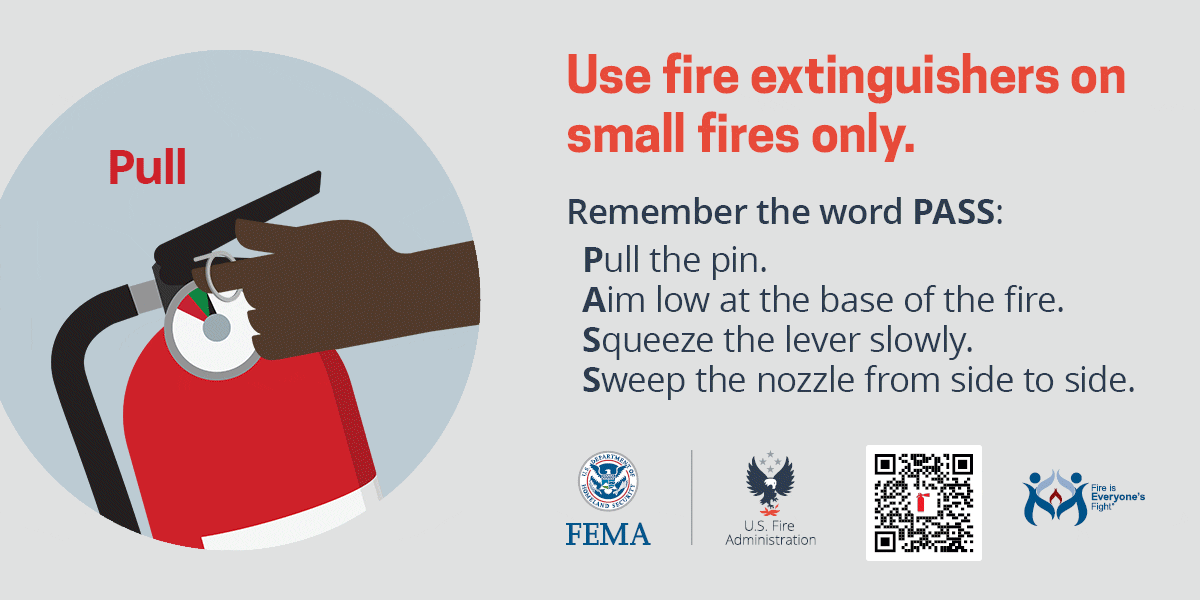
Educate on the importance of fire extinguisher maintenance
Remind community residents to check fire extinguishers for:
- Easy access in an emergency
- Be sure nothing is blocking or limiting your ability to reach it.
- The recommended pressure level
- Many extinguishers have gauges that show when pressure is too high or too low.
- Working parts
- Make sure the can, hoses and nozzles are not damaged, dented or rusted.
- Cleanliness
- Remove any dust, oil or grease that might be on the outside of the extinguisher.
- Guidelines and instructions
- Some extinguishers need to be shaken monthly; others need to be pressure tested every few years. You can recharge some fire extinguishers while others will need to be replaced if the pressure is too low.
Original Post from FEMA and Additional Information (Click Here)

